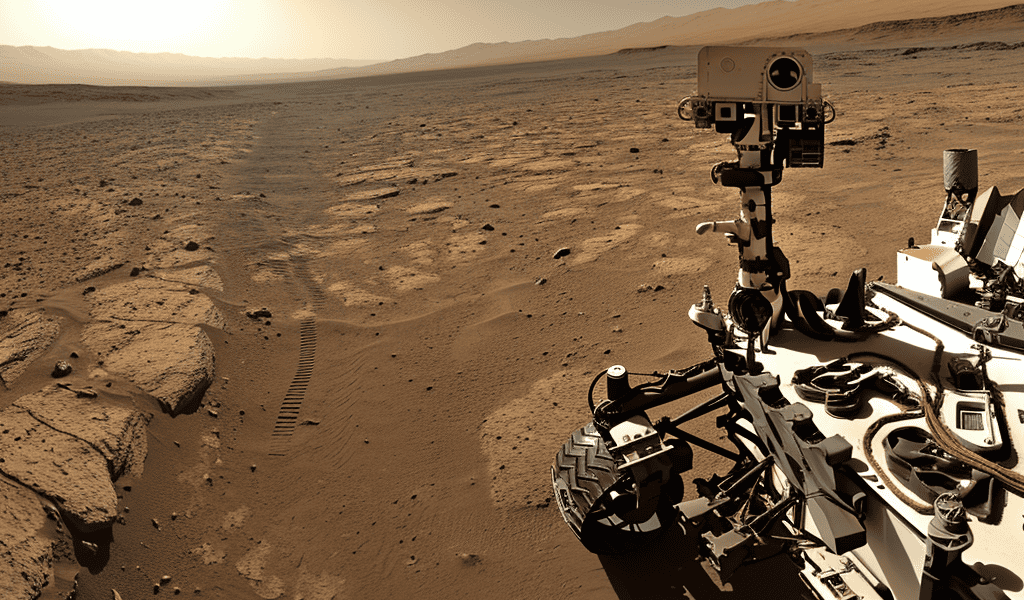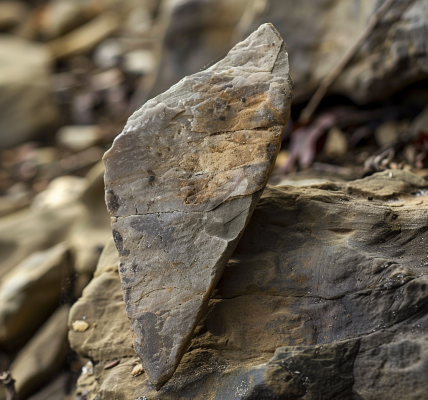NASA’s Curiosity Rover has provided an incredible glimpse into a full Martian day, from dawn to dusk. The rover, which was stationary for two weeks during Mars solar conjunction in November 2023, utilized its front and rear black-and-white Hazcams to capture 12 hours of the Martian day, revealing its own shadow on the surface in the images taken by the front Hazcam.
During this period, videos from the rover depicted its shadow moving across the Martian surface, offering a unique 12-hour sequence while the Curiosity remained parked. This stationary phase allowed the rover to function as a sundial, as evidenced in two black-and-white videos recorded on Nov. 8, the 4,002nd Martian day of the mission.
The instructions to record the videos were transmitted just before the start of Mars solar conjunction, a time when the Sun is positioned between Earth and Mars, leading to a temporary hold on sending commands to Mars spacecraft due to potential interference from solar plasma. Although the missions were not entirely out of contact, regular health check-ins were maintained throughout conjunction.
Typically, Curiosity’s Hazcams are used to identify potential hazards such as rocks and slopes, aiding rover drivers in navigation. However, with the rover’s activities intentionally scaled back before conjunction, the team decided to leverage the Hazcams to record 12 hours of snapshots for the first time, in the hopes of capturing weather phenomena like clouds or dust devils, shedding light on the Red Planet’s weather patterns.
Upon receiving the images post-conjunction, scientists did not observe any significant weather events. Nevertheless, they were able to compile a pair of 25-frame videos depicting the passage of time from 5:30 a.m. to 5:30 p.m. local time, showcasing Curiosity’s silhouette shifting as the day progressed from morning to evening.
The first video, featuring images from the front Hazcam, offers a southeast view along Gediz Vallis, a valley situated on Mount Sharp. Curiosity has been ascending the base of the 3-mile-tall mountain in Gale Crater since 2014.
As the sunrise brightens the sky, the rover’s 7-foot robotic arm’s shadow moves to the left, with Curiosity’s front wheels emerging from the darkness on either side of the frame. Additionally, a circular calibration target mounted on the robotic arm’s shoulder becomes visible, used by engineers to test the accuracy of the Alpha Particle X-ray Spectrometer, an instrument detecting chemical elements on the Martian surface.
Throughout the day, the front Hazcam’s autoexposure algorithm adjusts to exposure times of approximately one-third of a second, providing a comprehensive view of the Martian landscape.





